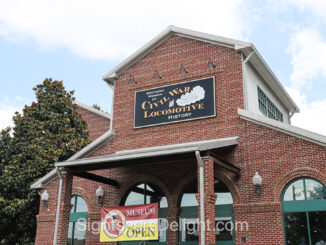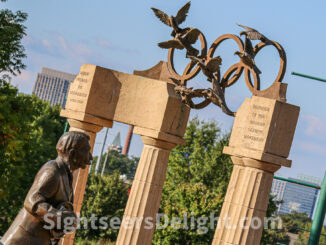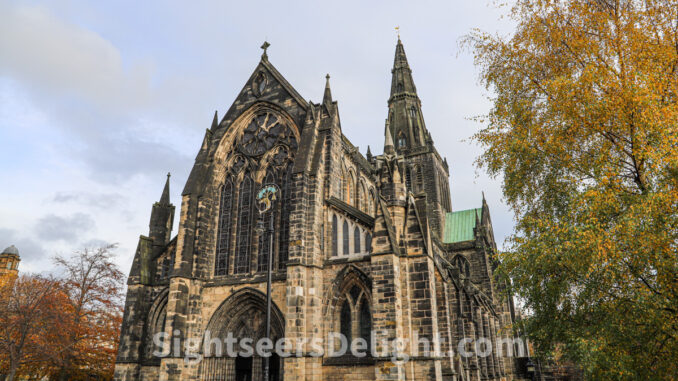
GLASGOW, Scotland — Stepping off the train at Glasgow Central Station, it was immediately clear that this city would be different.
Our journey to “The Dear Green Place” could be classified as a “long, strange trip.” The Cardiff-to-Glasgow run apparently isn’t one of the busier runs. On the morning of our departure, we learned our train from Bristol would terminate in Edinburgh and no longer run to Glasgow.
So, we opted to take the Transport for Wales train bound for Manchester Piccadilly and change trains in Crewe. There, we would catch an Avanti West Coast train to Glasgow.
(Even the Manchester-to-Piccadilly train wouldn’t make the complete run as planned; it, too, terminated early — at Wilmslow.)
I’d highlight the city’s rainy disposition, but I don’t think that was abnormal.
Rather, Glasgow’s vibe can likely be traced to its history. The town, perched on the River Clyde, was an important manufacturing center and has reinvented itself.
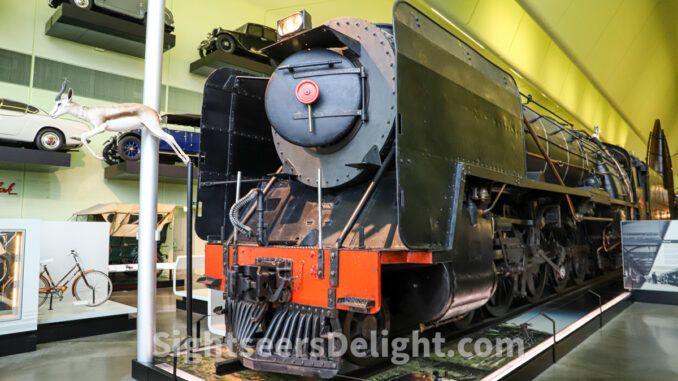
Start with the manufacturing history.
Glasgow is built on the legacy of an industrial town. To learn more about Glasgow’s industrial past, we visited the Riverside Museum. The museum, which opened in June 2011, replaced the earlier Museum of Transport that Queen Elizabeth The Queen Mother formally opened on April 14, 1964.
The museum features buses, locomotives and trolleys, but the ones that caught my eye are the Glaswegian locomotives displayed throughout the museum, including SAR Class 15F4-8-2 steam locomotive No. 3007.
Glasgow-based North British Locomotive Company built the steamer in 1945 at its former works in the city’s Polmadie section. It was briefly displayed in Glasgow’s George Square in 2007 as part of the effort to raise £5 million.
Glasgow Cathedral
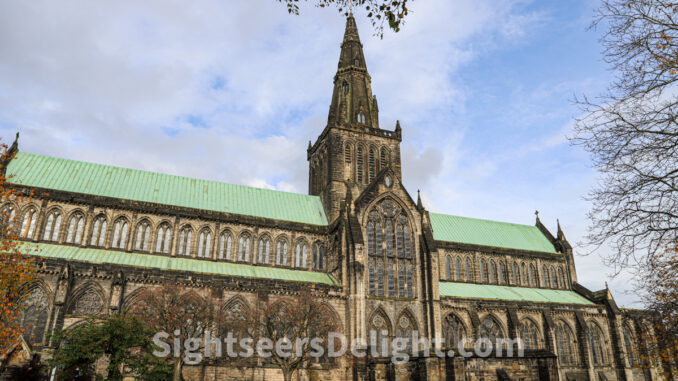
Glasgow Cathedral, known as Cathair-eaglais Ghlaschu in Scottish Gaelic, looms large above the city.
This cathedral is not only the oldest in mainland Scotland, but it is also the oldest building in the city of Glasgow. It was once the mother church of the Archdiocese of Glasgow and the Province of Glasgow and the seat of the Archbishop of Glasgow. However, the cathedral’s role changed after the Scottish Reformation in the 16th century.
The cathedral is one of two cathedrals in Scotland — St. Magnus Cathedral in Orkney is the other — to survive the Reformation virtually intact. Also, it is worth mentioning that the medieval Bishop’s Castle used to stand to the west of the cathedral until the 18th century.
Glasgow Necropolis
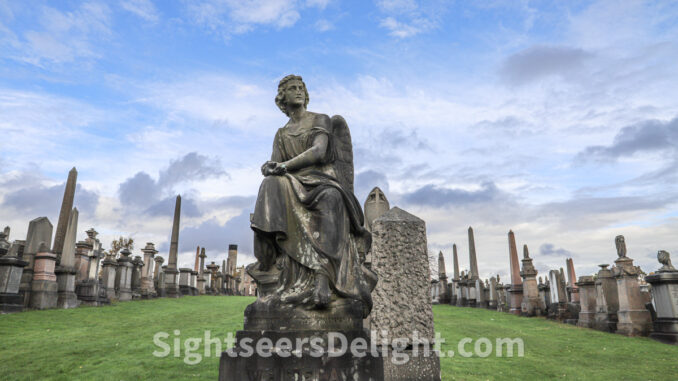
Glasgow Necropolis is a historic cemetery located in Scotland. Despite being situated on a low hill, it’s still a significant landmark in the area, particularly because it’s situated east and overlooking St. Mungo’s Cathedral.
What’s fascinating about this cemetery is that it’s believed to contain approximately 50,000 individuals buried here. However, due to the period in which it was established, only a small percentage of the graves are actually named on monuments, and not every grave has a stone. It is said that there are roughly 3,500 monuments that can be found in the Glasgow Necropolis.
Eat well
For dinner the first night, we made our way to The Finnieston Bar & Restaurant, a pub that prides itself on local ingredients. We weren’t disappointed. The atmosphere was the perfect way to unwind from a long rail journey from Cardiff that included canceled trains and a change in Crewe.
On our first full day in Glasgow, we knew we needed to start the day off right, so we went to Number 1082, a chic coffee shop along Glasgow’s Argyle Street.
On the second night, we dined at the Brett Wine Bar and Eatery, a celebrated wine bar. It’s hard to imagine that a dish centered on potatoes and onions would stand as one of the best dishes I have ever had — anywhere.
Drink well
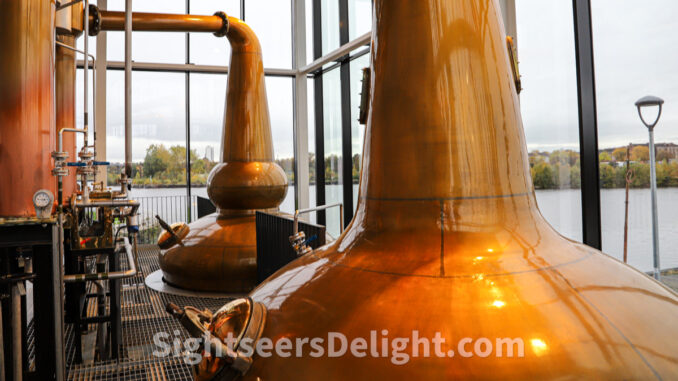
Of course, no trip to Glasgow would be complete without imbibing in the local “juice.” While The Finneston offered a nice list of options, no visit to Glasgow would be complete without a tour of The Clydeside Distillery.
The distillery produces a Lowland-style single malt and is located at the former entrance to the Queen’s Dock and perched along the River Clyde. It began production in 2017, making it the first active distillery in the city center in more than a century.




